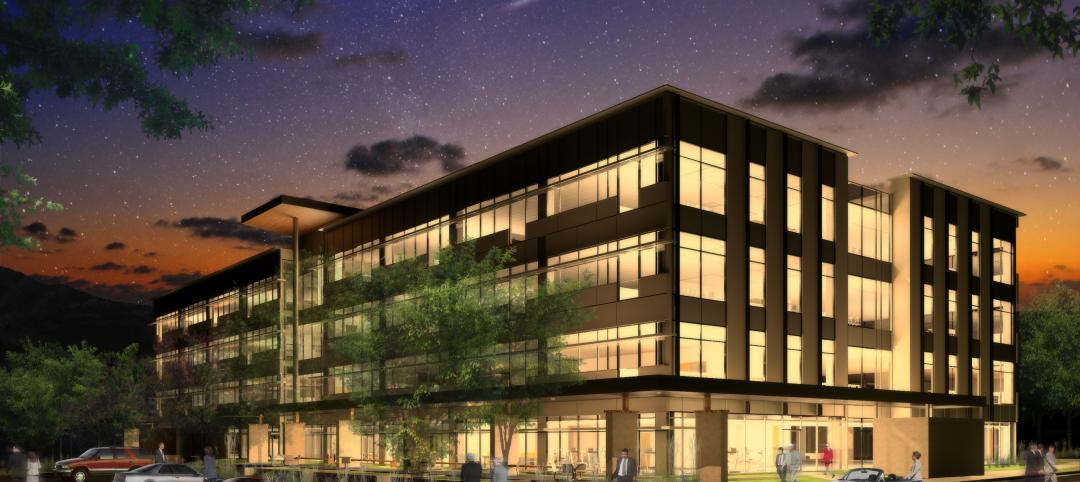Transforming older commercial buildings for residential use can be a fairly straightforward endeavor.
Office buildings built after 1960, however, present more challenges, and if a trend to convert these spaces to condos and apartments gathers steam, a rethinking of regulations will be required, say John Cetra, cofounder at New York-based architecture firm CetraRuddy, in a GlobeSt report. Developers and architects will have to be particularly creative in redesigning larger buildings for residential use.
Because the plates are much deeper in large post-1960s office building, there are long spaces where an apartment would be 50 feet in depth from the window. So, the distance between the windows and walls might have to be changed to make up for the ventilation that would have come through a window.
HVAC zoning would likely have to be readjusted, particularly in a post-COVID world with more concern over maintaining healthy indoor air quality. Interior spaces would have to be re-zoned to maintain a higher level of fresh air.
The large floor layouts mean that small studio apartments would have to be very narrow and deep. This will reduce the potential for daylighting.
Related Stories
| Jan 23, 2014
Low-slope roofs with PVs tested for wind uplift resistance
Tests showed winds can cause photovoltaic panels to destroy waterproof membranes.
| Jan 16, 2014
Bio-based materials could transform the future of sustainable building
Recent winners of the Cradle to Cradle Product Innovation Challenge include a brick made from bacterial byproducts and insulation created from agricultural waste products.
| Jan 16, 2014
The incandescent light bulb is not dead
Despite misleading media reports, January 1 did not mark a ban on the manufacture or import of 60-watt and 40-watt incandescent bulbs.
| Jan 16, 2014
ASHRAE revised climatic data for building design standards
ASHRAE Standard 169, Climatic Data for Building Design Standards, now includes climatic data for 5,564 locations throughout the world.
| Jan 15, 2014
ConsensusDocs releases updated subcontract for federal work
The new version addresses recent changes in federal contracting.
| Jan 15, 2014
First quarter 2014 LEED rating system addenda now available
There are 71 new LEED Interpretations, including 65 for Homes and Multifamily Midrise.
| Jan 10, 2014
What the states should do to prevent more school shootings
To tell the truth, I didn’t want to write about the terrible events of December 14, 2012, when 20 children and six adults were gunned down at Sandy Hook Elementary School in Newtown, Conn. I figured other media would provide ample coverage, and anything we did would look cheap or inappropriate. But two things turned me around.
| Jan 8, 2014
Strengthened sprinkler rules could aid push for mid-rise wood structures in Canada
Strengthened sprinkler regulations proposed for the 2015 National Building Code of Canada (NBCC) could help a movement to allow midrise wood structures.
| Jan 8, 2014
New materials should help boost sustainability in cities by 2020
Newer developments include windows made with nano-crystals that control intense heat penetration while lighting living areas from the outside.
| Jan 8, 2014
Architect sentenced to a year in jail for firefighter's death
Architect Gerhard Becker was sentenced to a year in LA county jail after pleading no contest to the manslaughter of a firefighter who died while trying to contain a fire in a home the architect had designed for himself.
















